Month: November 2018
by American Rifleman Staff – Tuesday, April 4, 2017

The lever-action rifle stands tall within America’s gun culture. Much of this esteem stems from the days of westward expansion, when the lever-action repeater was the gun of choice.
Even long after the frontiers were conquered, the appeal of the slim, tube-magazine repeaters from Marlin and Winchester remained strong.
Of all the various models of that late-19th-century era, none are better remembered than the Winchesters, whose origins can be traced back to the fertile imagination of John Browning.
While the later Models 94 and 95 were highly regarded for their marriage of smokeless powder and traditional operation, the earlier Winchester lever guns were appreciated for their smooth operation.
Browning’s first Winchester repeater was the 1886, built for the longer blackpowder cartridges of the day, and six years later he scaled and shortened the Model 86 to produce the Model 92 for short black powder cartridges.
Both guns were successful in their day and have been replicated in modern times.

In those days, the variety of cartridges available was not as broad as it is now.
At present, we have an amazing array of cartridges, a few of which are intended for revolvers.
Some are powerful enough to require special long-cylinder wheelguns—such as the .500 and .460 S&W magnums. Both of those cartridges are rimmed and would be right at home in a lever-action rifle.
And while the Browning-designed Winchester Models 86 and 92 would seem to be interesting mates for such cartridges, their actions are not of appropriate length, the slick little 92 being too short and the 86 being too long.
Enter a completely new version of a timeless design, made by a new firm in Cody, Wy., Big Horn Armory, and called the Model 89—which denotes the mathematical difference between 86 and 92.
The BHA 89’s action is intermediate in size, although it retains all the same contours, manner of operation and locking system of its predecessors.
Big Horn Armory makes the gun in its Wyoming plant using modern CNC-machining techniques.
There are no cast or forged parts in the gun, and, except for the black walnut buttstock and forend, BHA rifles and carbine components are cut from stainless steel bar stock.
The test sample, an 89 Carbine, was finished in the company’s Hunter Black, appropriately matte and non-reflective for hard use afield.

In addition to the physical resemblance of the BHA 89 to the Winchester 86 and 92, the operating system is also essentially the same.
This is a manually operated rifle that cycles by the shooter’s operation of a lever that also serves as the trigger guard. An open-top design that ejects fired cartridges straight up, the BHA 89 has a bolt that reciprocates on rails machined into the inner walls of the receiver.
When the action is closed, locking blocks at both sides of the receiver engage mortise cuts in the bolt as well as matching recesses in the receiver walls.
In this system, the blocks serve to lock the bolt firmly in place against the rearward thrust of a fired cartridge. When the shooter strokes the lever downward and forward, the first bit of motion pulls those blocks downward and out of contact with the bolt.
Further movement of the lever retracts the bolt to the rear to extract the fired case from the chamber and eject it out the top of the gun. At this point, a fresh round feeds rearward from the tube magazine under the barrel and onto the cartridge carrier.
When the shooter strokes the lever back and up, the carrier moves the cartridge up into the path of the bolt. When the bolt closes, the round feeds into the chamber and the locking blocks slide into place.
The BHA rendering of this classic design seemed initially a bit stiff, but smoothed out with firing and handling—which is exactly how original 86s and 92s behaved.
Our test gun was an 18″-barreled carbine with a pistol grip buttstock and a full magazine tube.
There are no traditional carbine barrel bands, which never did anything worthwhile for the accuracy of the original carbines anyway. Instead, the magazine tube is attached to the underside of the barrel by means of a dovetailed lug.

In essence, the gun is a marriage of traditional rifle and carbine features. Since it is a modern sporting firearm, there are several points on the gun that reflect a respect for the traditional, but not at the expense of practicality.
The sights, for example, combine a front unit of modern green fiber-optic material on a ramped post with a rear comprised of a large aperture on a period-correct angled ramp, and both are shaped to resist snags on kit or brush.
An optional forward rail for the mounting of a scout scope is also available. Traditional stock design would not well serve a little brush buster like this, so the stock is a bit thicker in the butt and fuller in the fore-end. Checkering on the sample was well-executed 20 l.p.i., and there is a thick Pachmayr recoil pad to help with the .500 S&W Mag.’s substantial recoil.
The BHA 89 is intended for taking large animals at close range. The .500 S&W Mag. is a rimmed revolver cartridge powerful enough that many shooters could not tolerate it in the revolvers for which it was designed, but it adapts well to this longer and heavier firearm.
Available in several options, all made of stainless steel, the BHA 89 Carbine has an offspring in the BHA 90. It’s the same gun in Smith & Wesson’s other long magnum cartridge, the .460 S&W Mag.
Everywhere you look on BHA’s products, you see strong, heavy, well-made and carefully fitted components. Big Horn Armory may be a relatively new gunmaker, but it builds for rough use—with an obvious respect for tradition.

These rifles if they are in good shape are some outstanding 22 Target Rifles that you can pick up at a decent price. Just saying! Grumpy
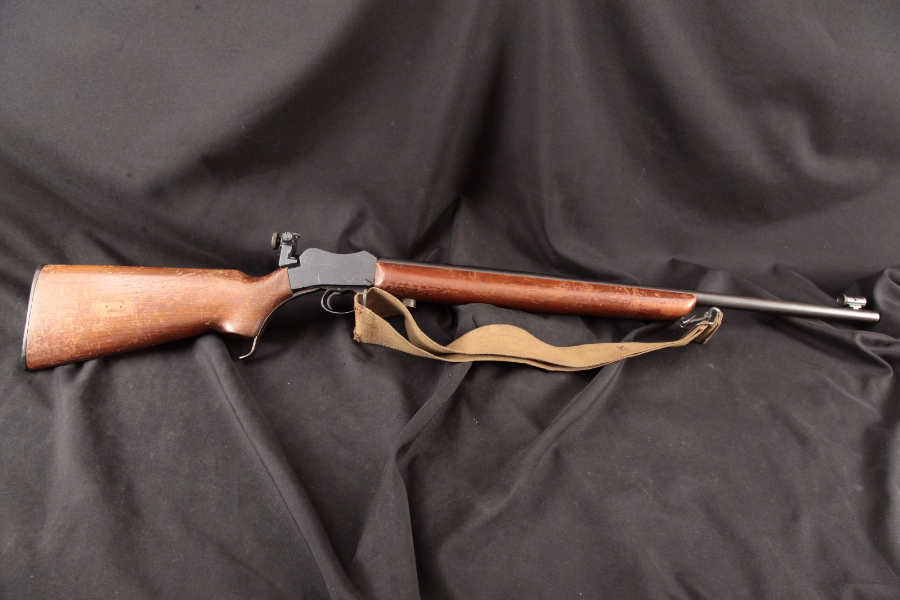
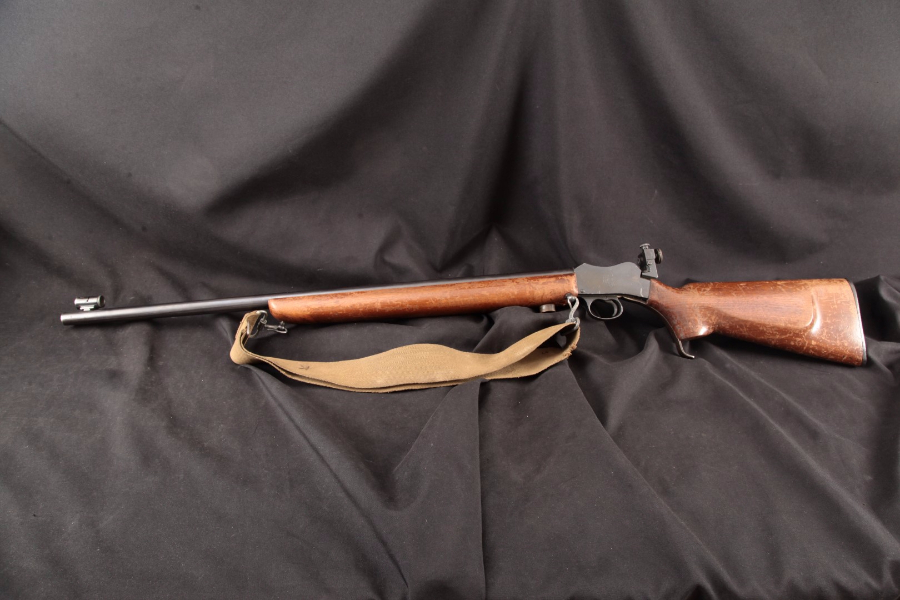
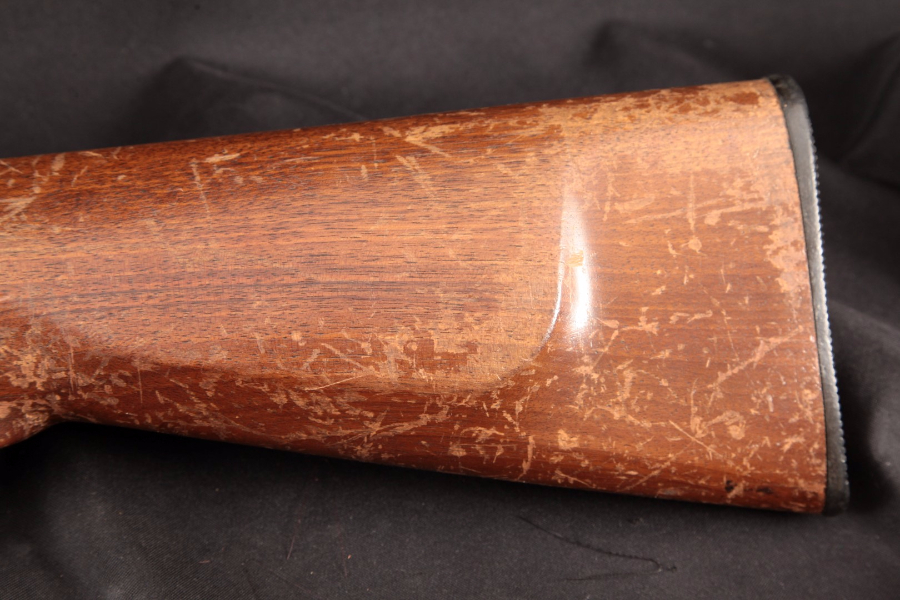
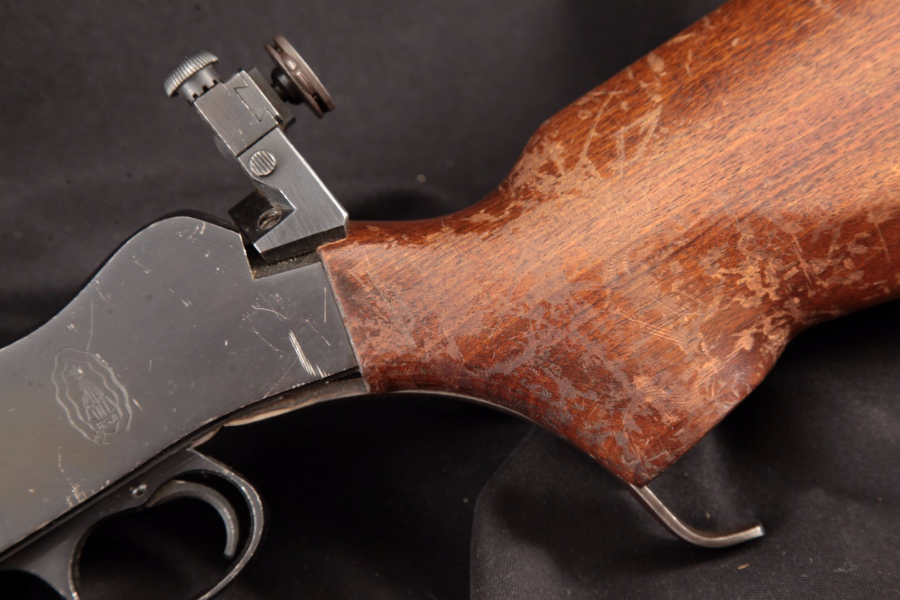
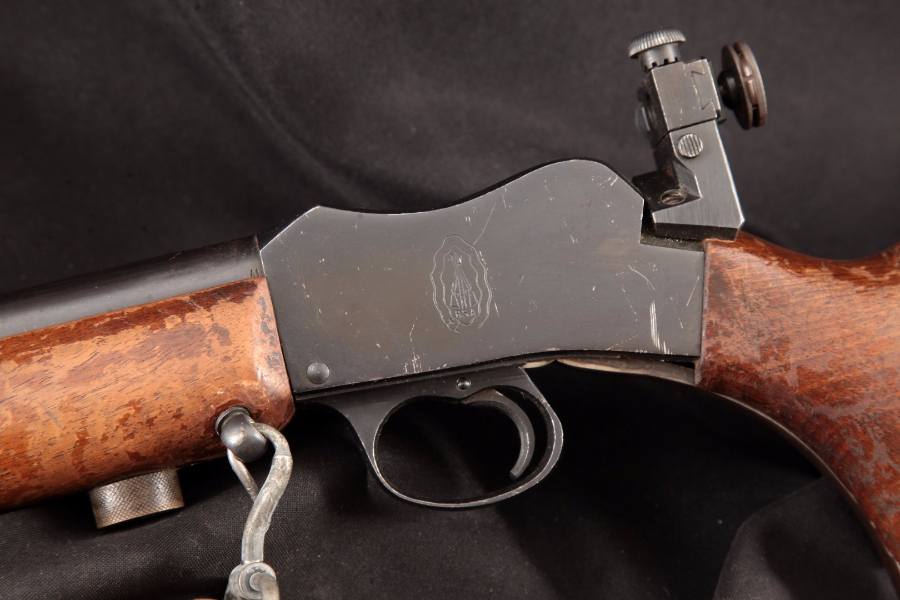
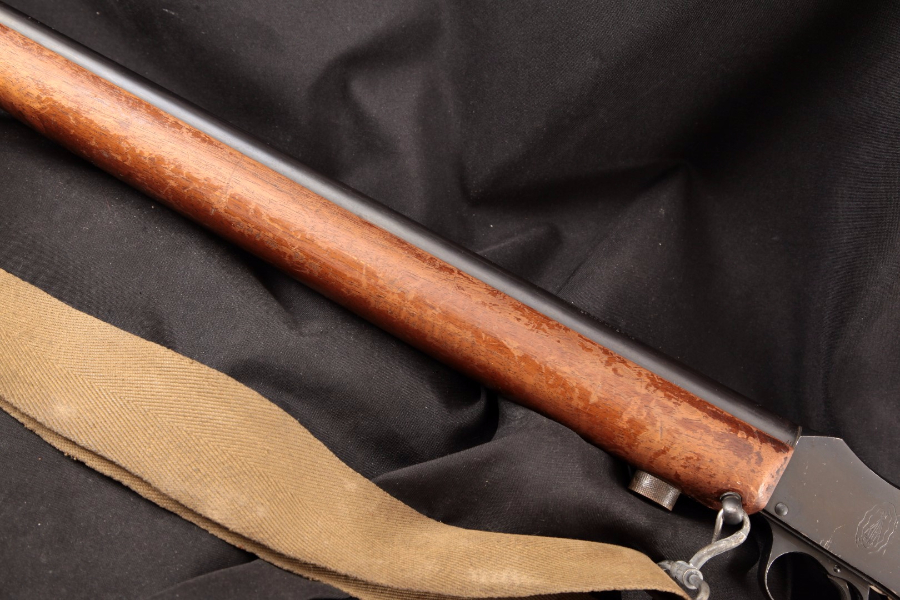
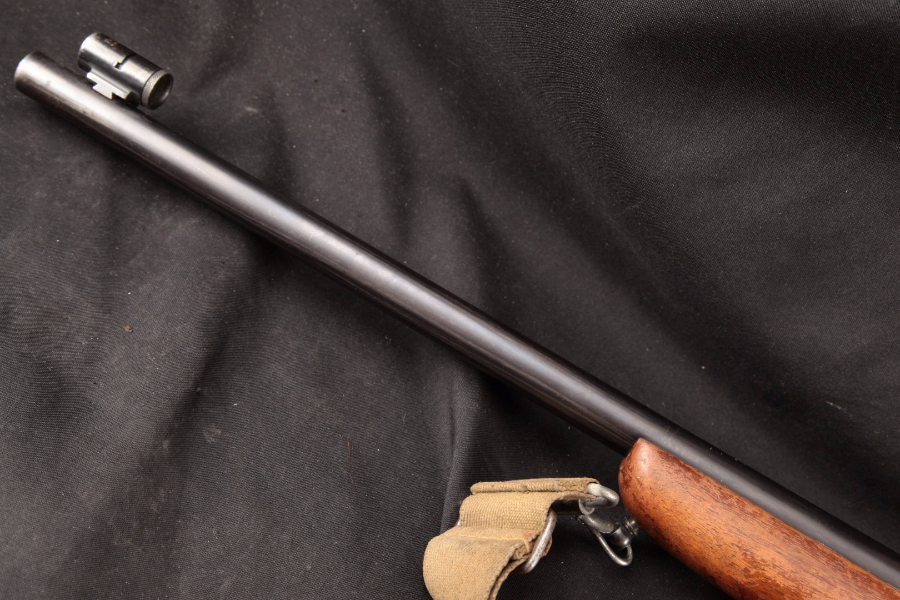
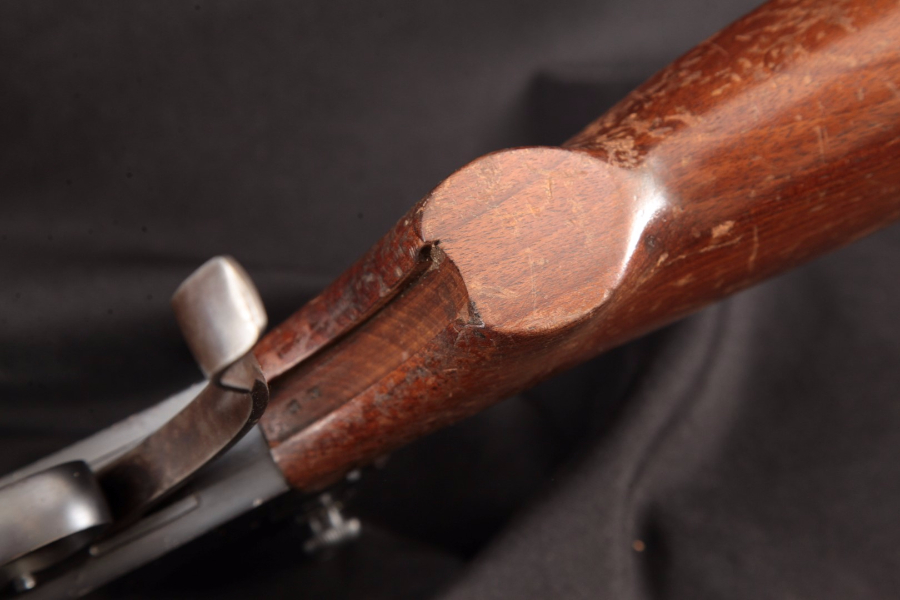
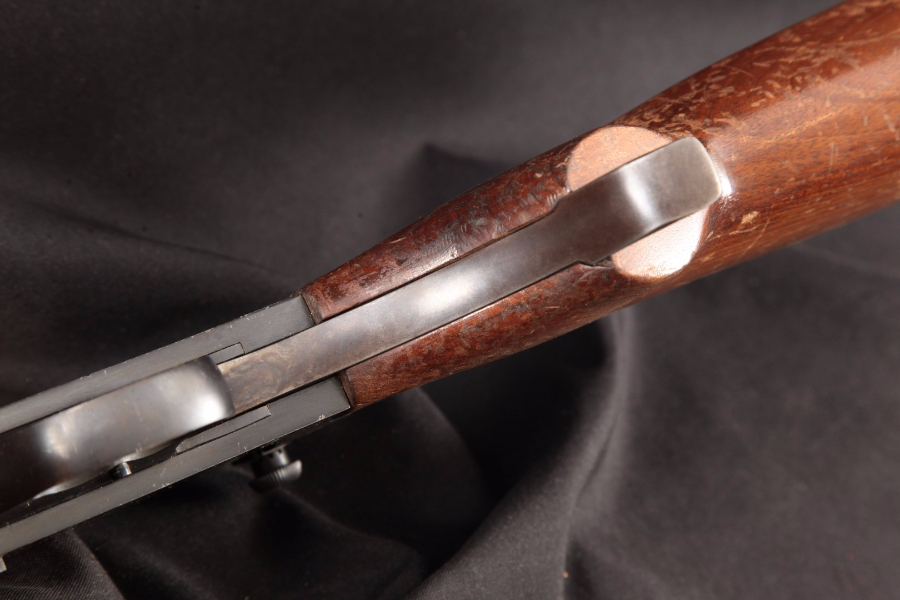
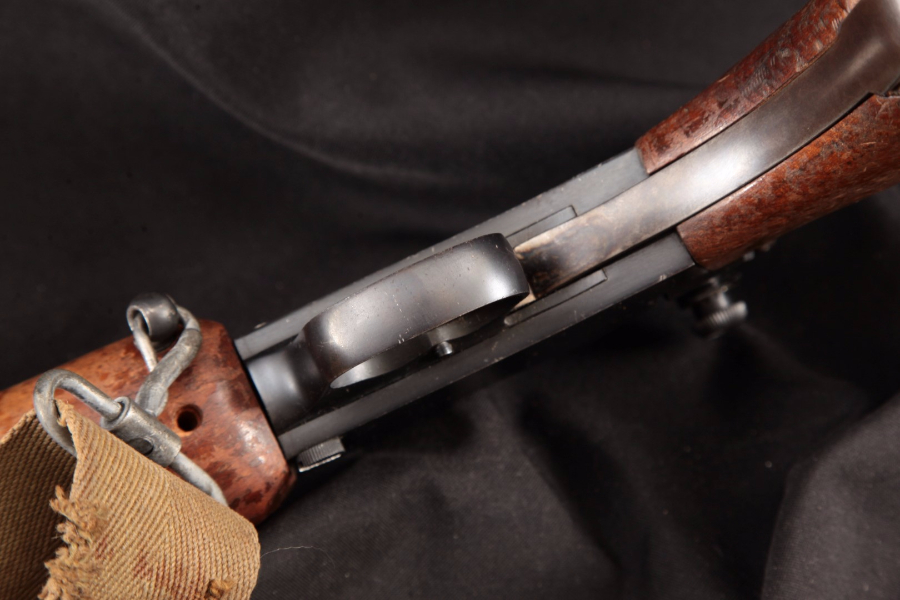
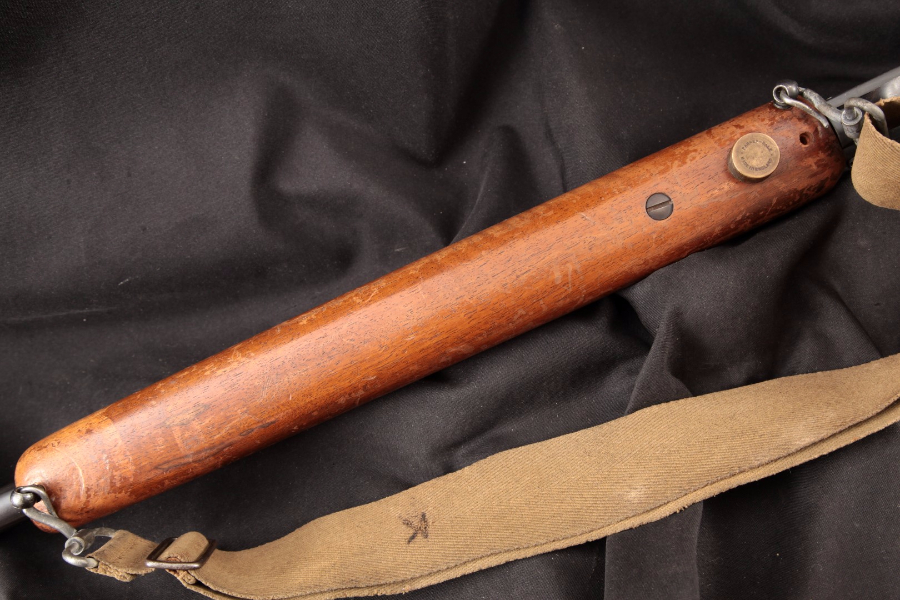
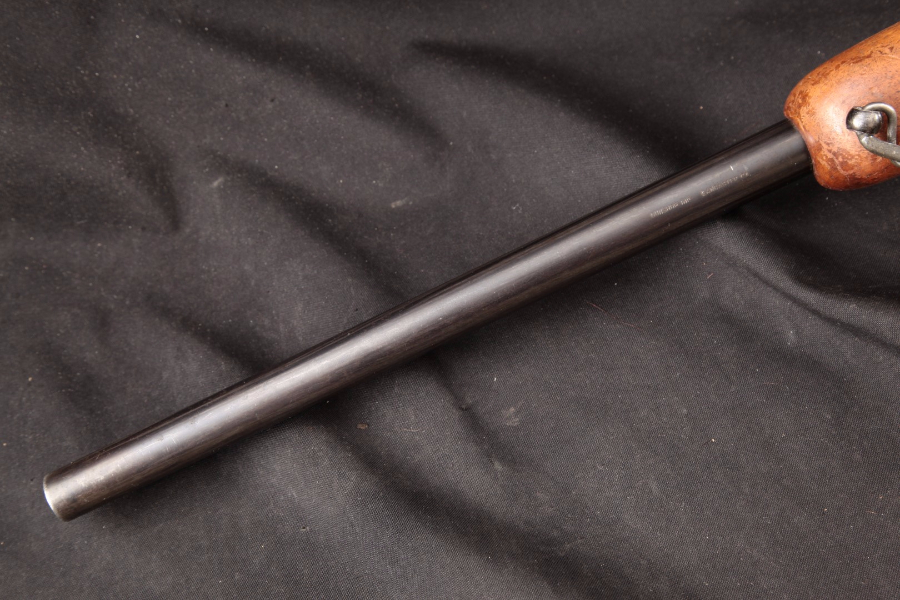
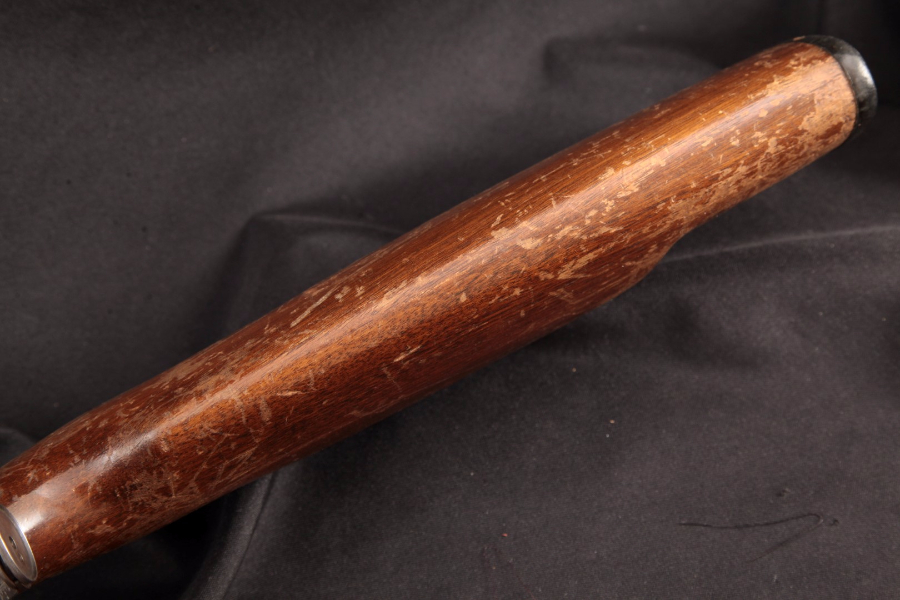
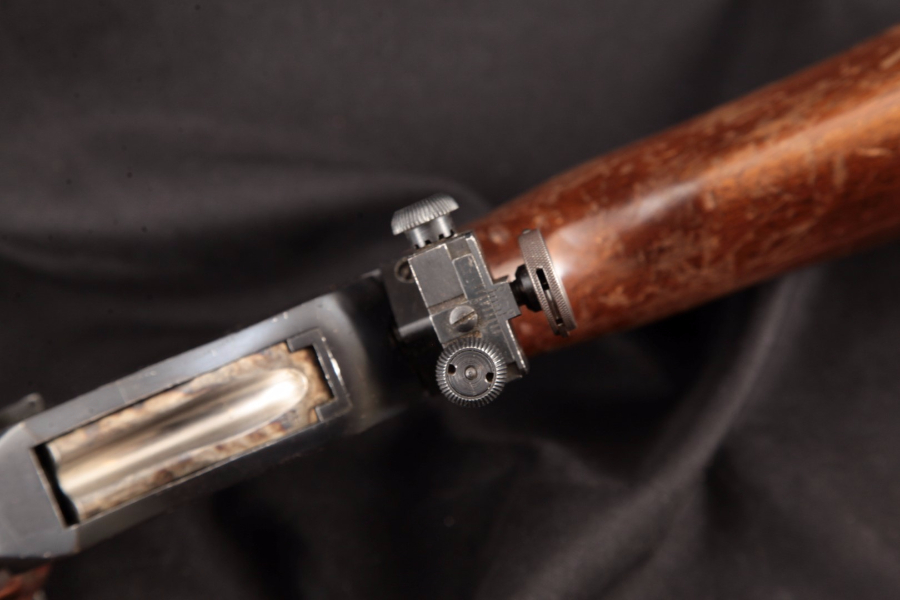
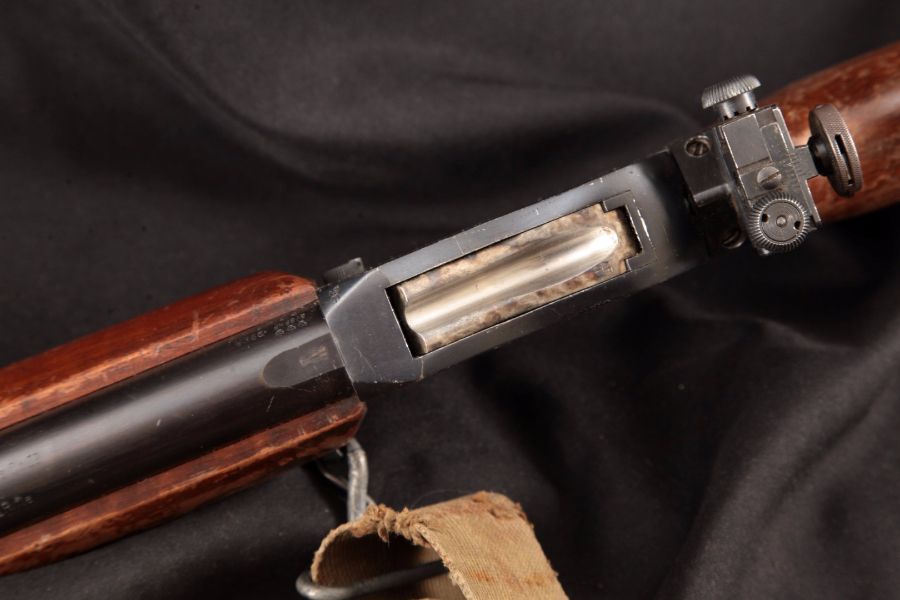
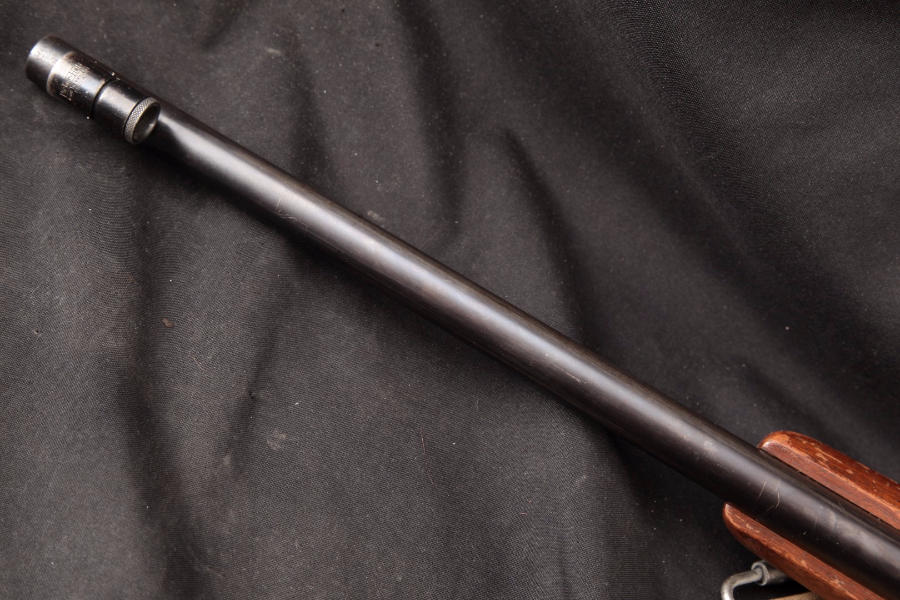
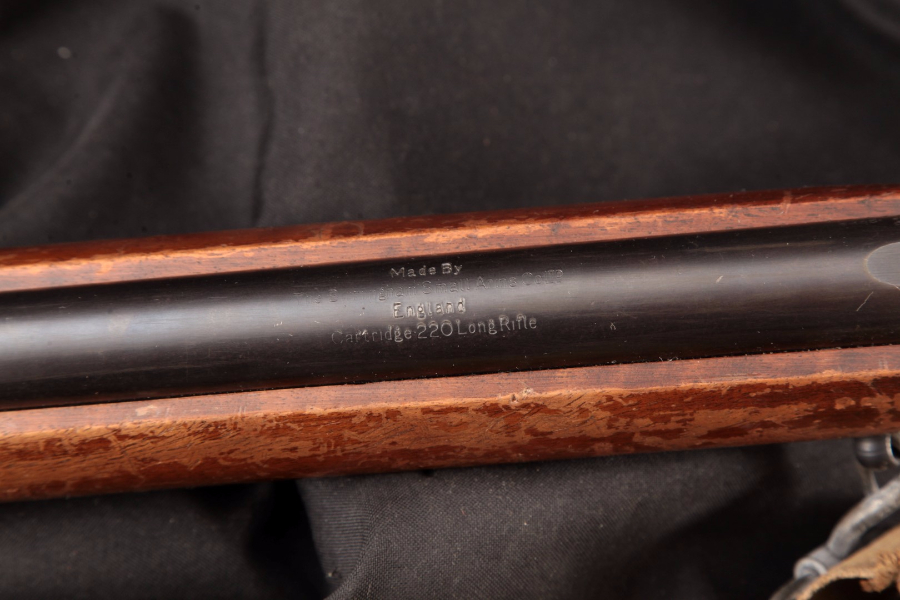
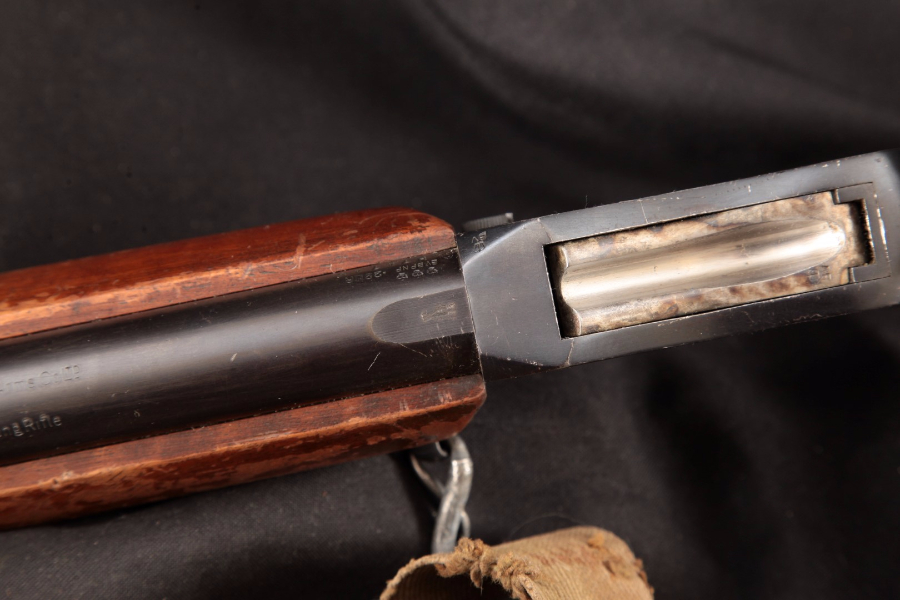
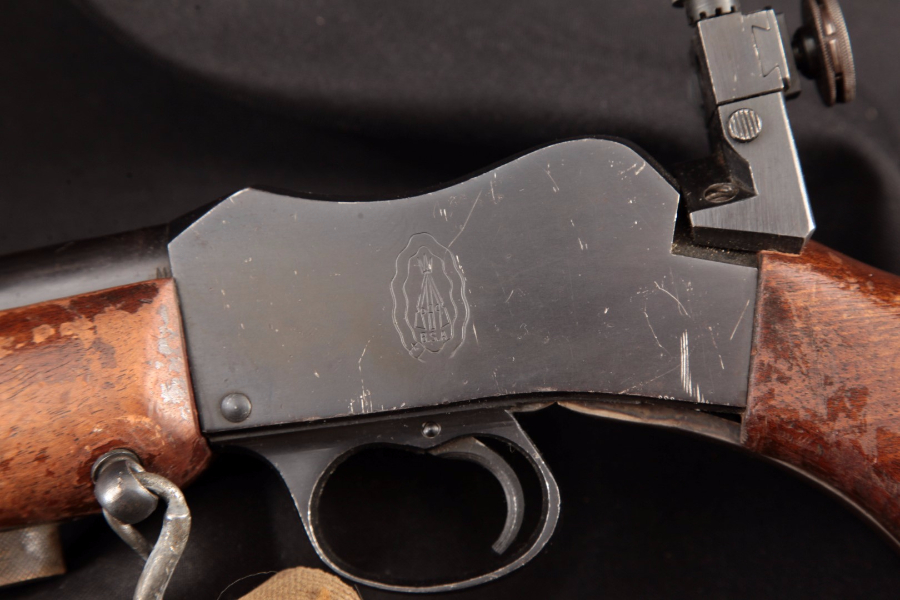
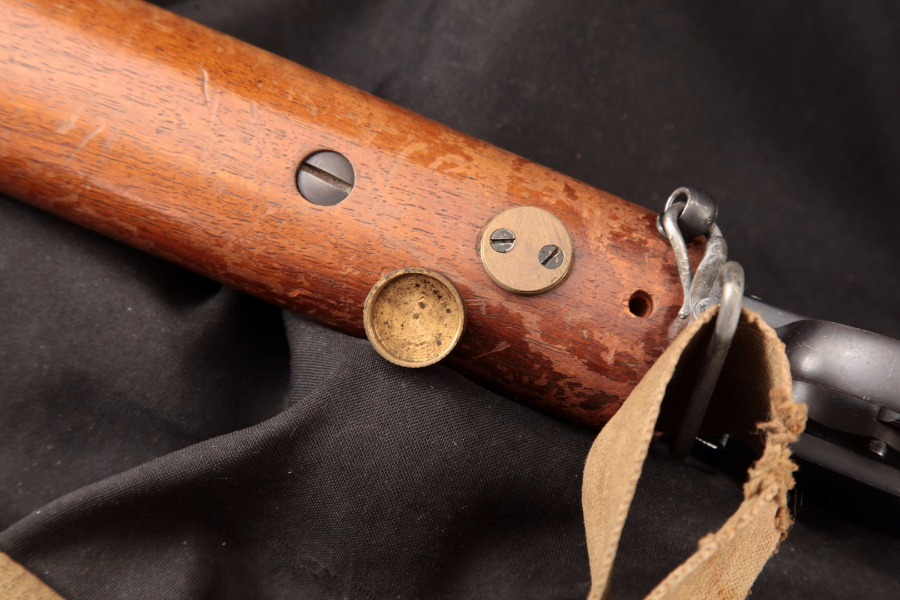
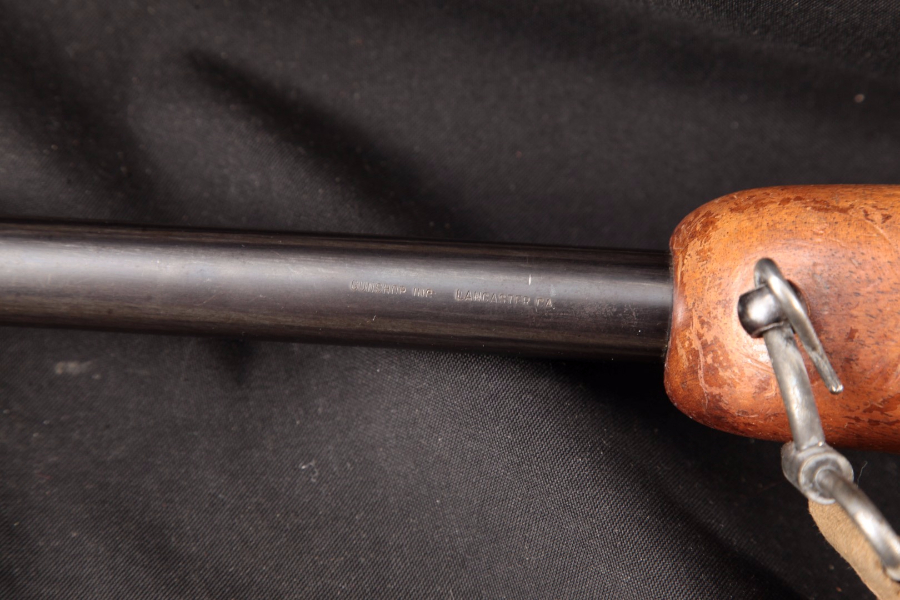
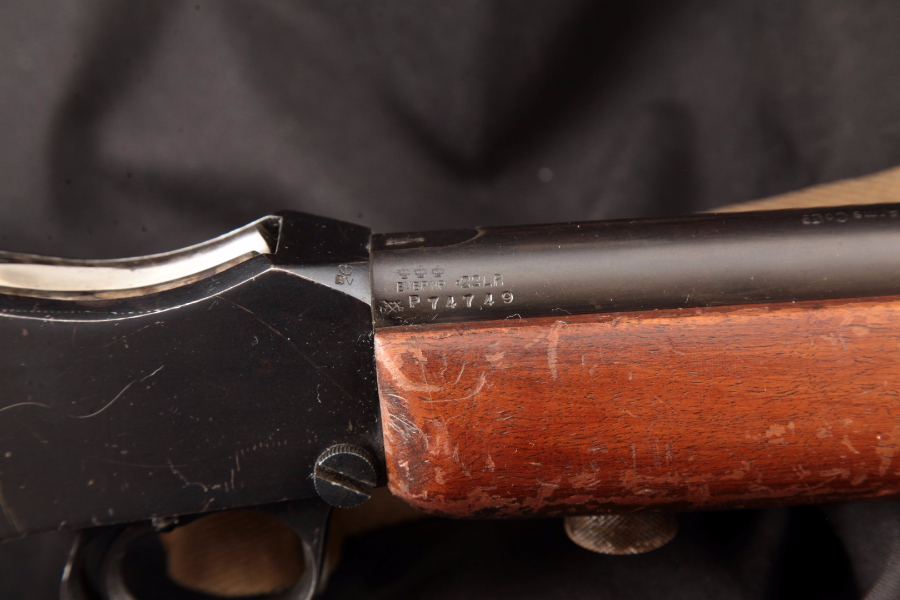
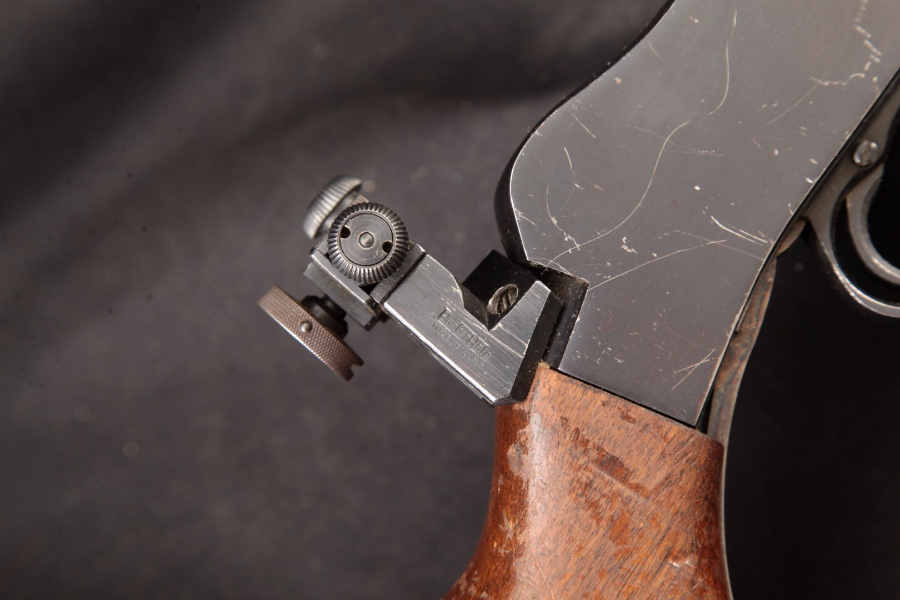
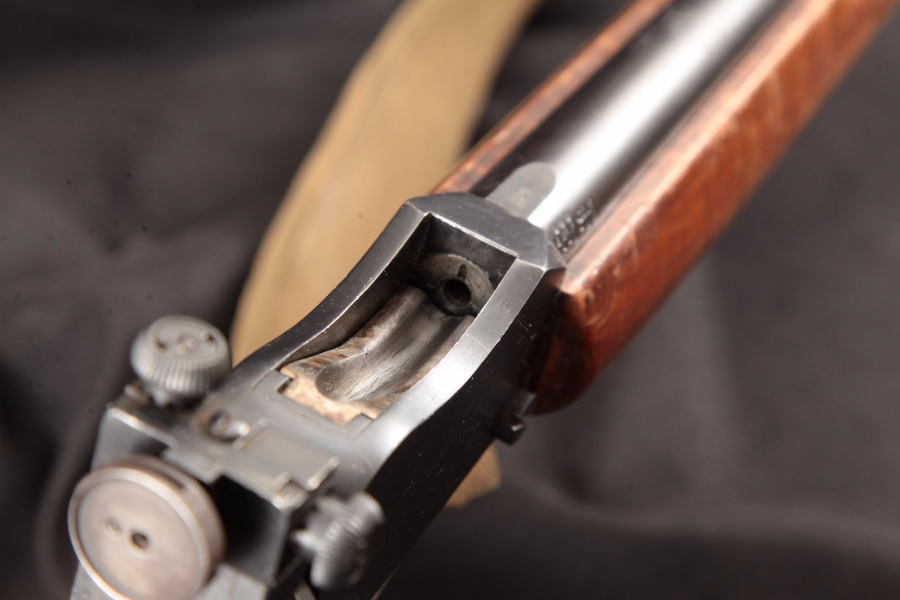
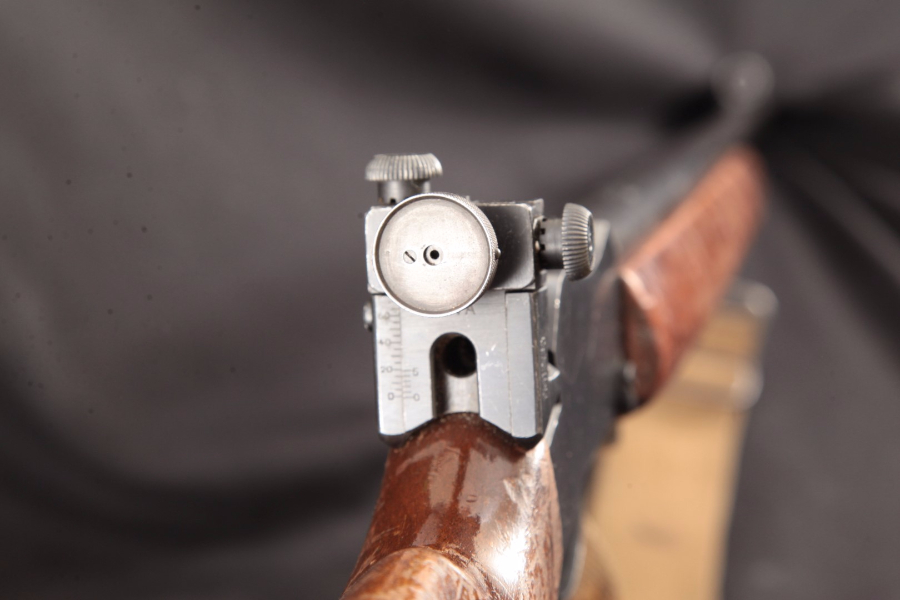
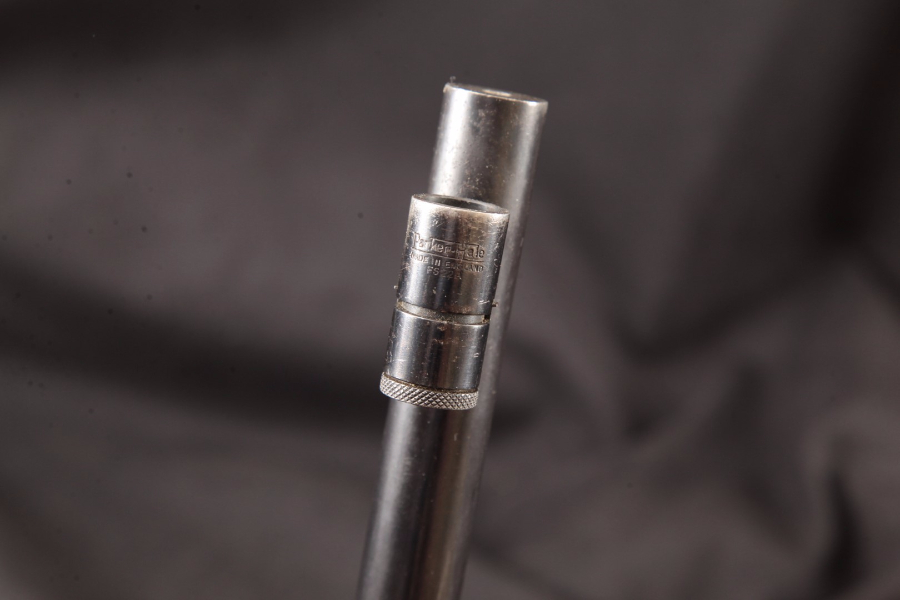
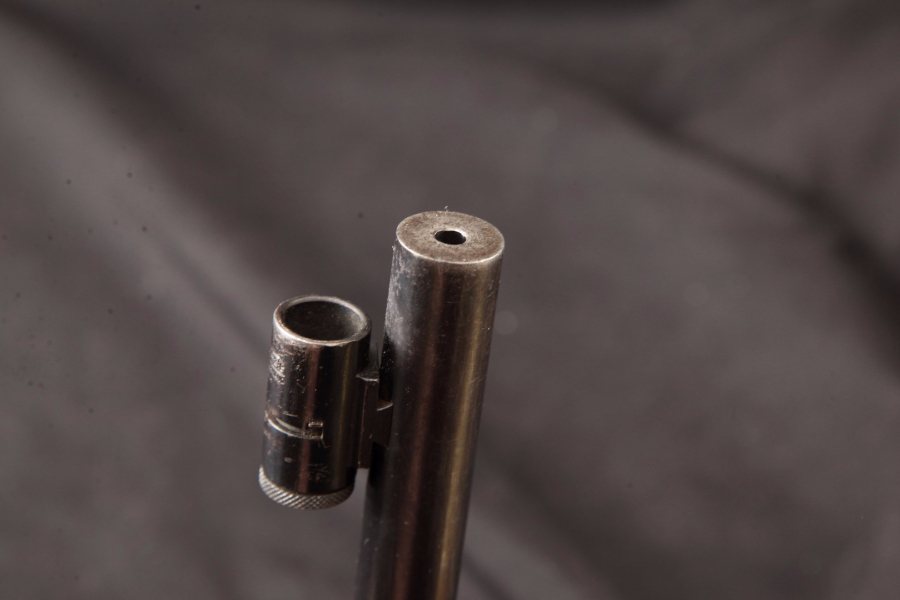
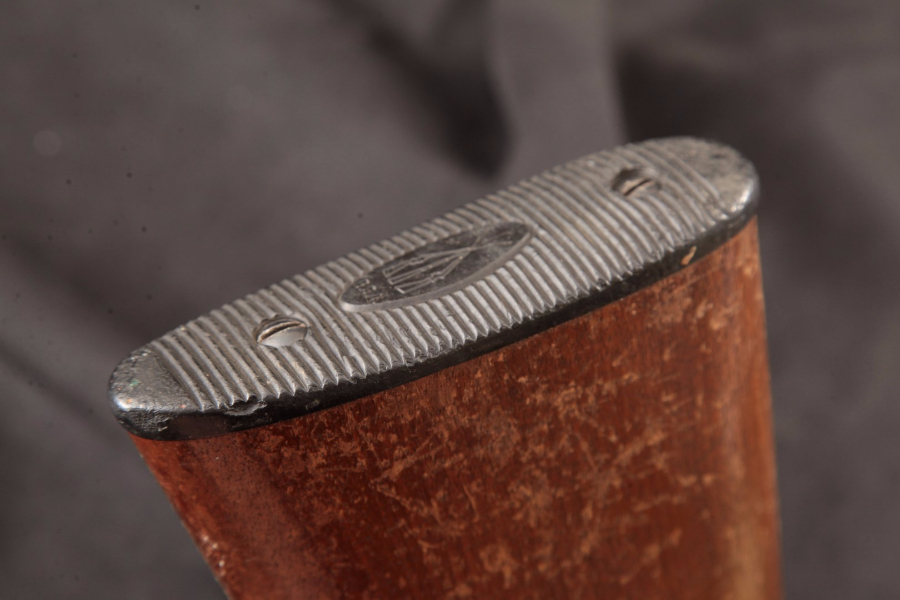



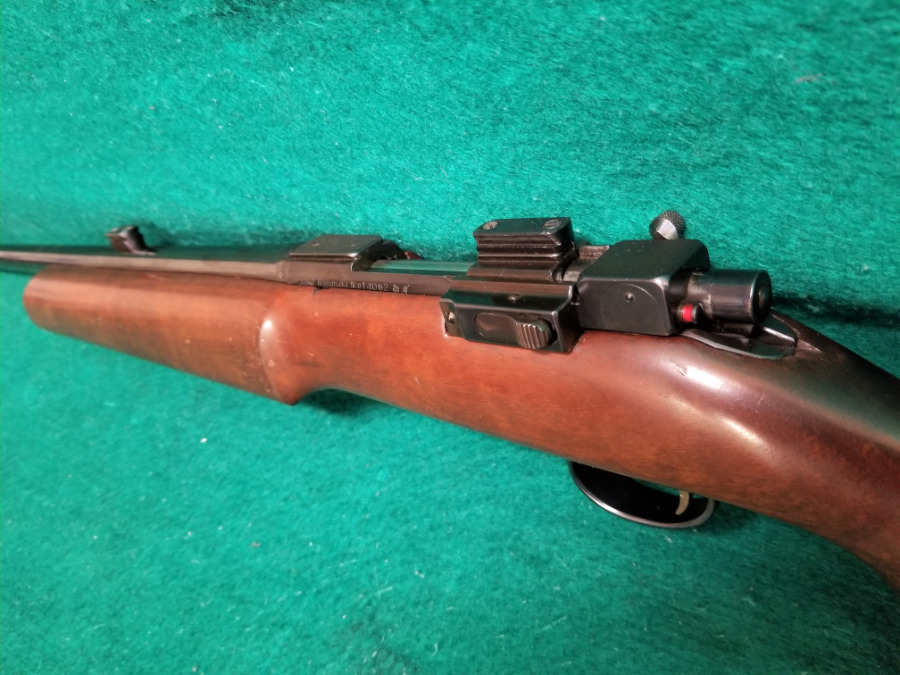
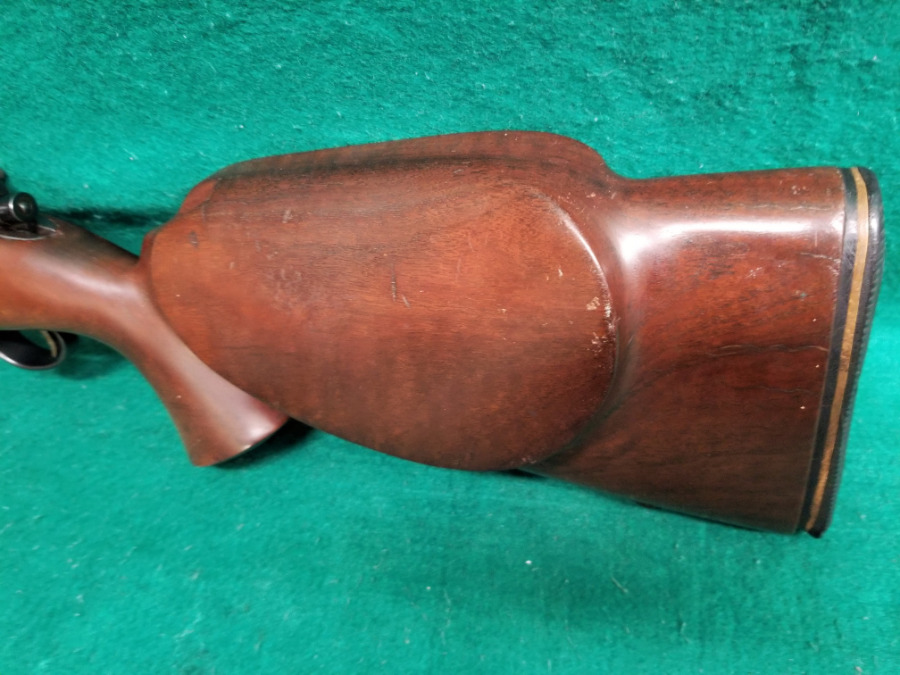
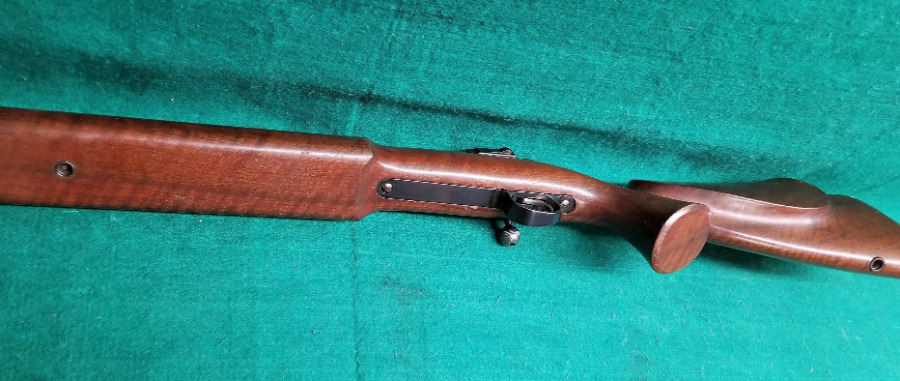
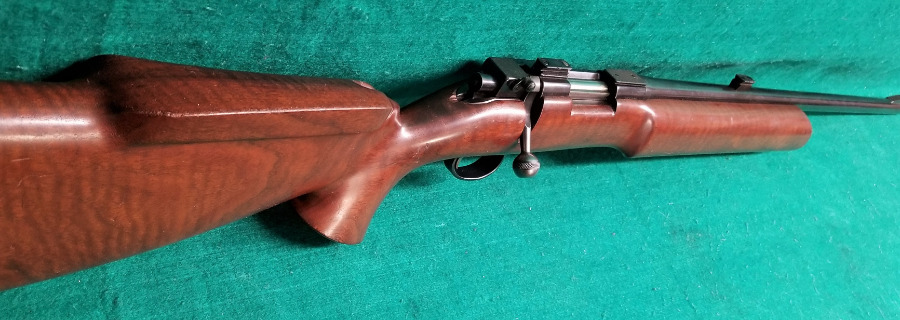
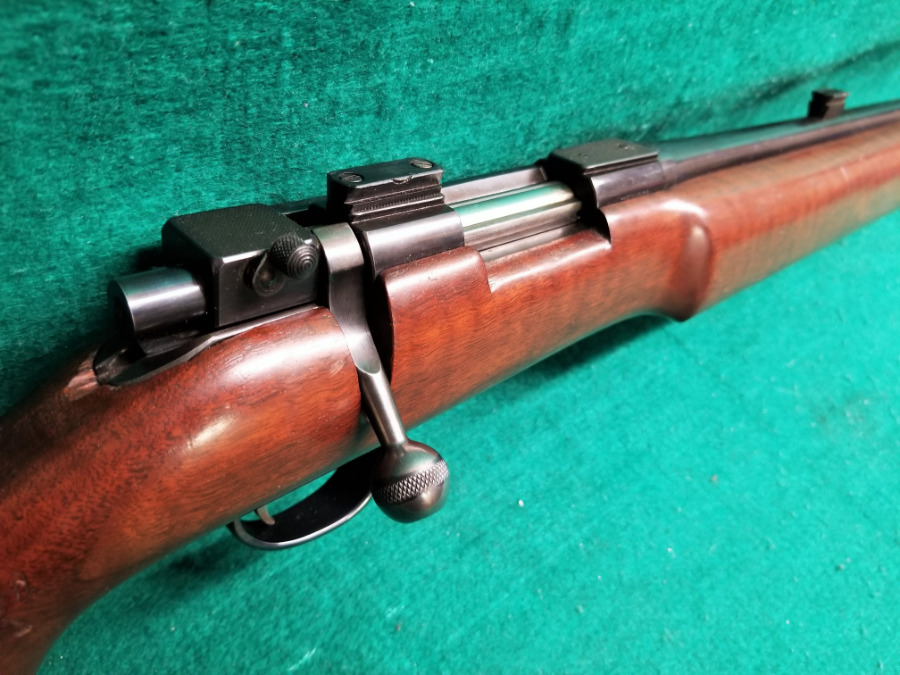
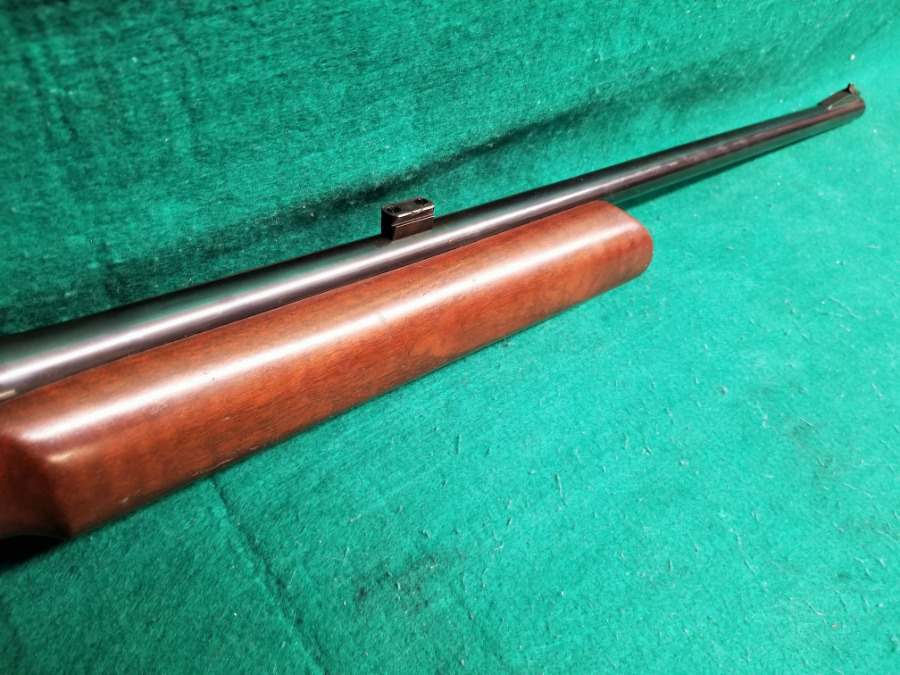

I briefly owned one of these rifles. It shot pretty well. But the issues of finding ammo for it. Plus the high cost of 222 ammo forced me to trade it away for a Sako in 223.
I just wish that I could of shown this to my class. But it has been almost ten years since I retired. Oh well!
by Philip Schreier, Senior Curator, NRA Museums – Wednesday, March 29, 2017

Since 1886, the legendary gun making firm Krieghoff has been manufacturing some of the finest rifles and shotguns available in any market, and its booth at IWA was a showcase of some of the best examples of craftsmanship and engraving that we have examined.

We were very fortunate to have a guided tour of the Krieghoff booth with Dieter Krieghoff, the fourth generation owner of Krieghoff, and Alex Diehl, chief operating officer at Krieghoff International.
As expected, they were both very proud of the performance of the Krieghoff K-80 at the 2016 Summer Olympic Games in Rio de Janeiro, Brazil.

There were nine shooters sporting Krieghoff K-80s in Rio, and they did extraordinarily well, capturing Silver (Marcus Svensson of Sweden) and Bronze (Corey Cogdell-Unrein of USA) medals in Men’s Skeet and Women’s Trap, respectively. Andreas Löw of Germany set an Olympic Men’s Trap Doubles record during the qualifying rounds with his K-80.

The K-80 is an expertly crafted system that features six different platforms that cater to users who enjoy Trap and Skeet in 12, 20, 28 & .410 gauges. With barrels in the standard 28”, 30” & 32” lengths,
there is a Krieghoff K-80 for every need, and they are rapidly capturing the lion’s share of international competition medals.

The real centerpiece of the Krieghoff booth was the K-80 in the “GUN OF THE YEAR” case.
This exquisitely executed 12-ga. shotgun highlights the career of America’s own Colonel William F. Cody, or Buffalo Bill, as he was popularly known. 2017 marks the centennial passing of Cody, one of America’s greatest heroes and showmen.
At the time of his death, he was the best known and most widely recognized American on earth.

This K-80 is engraved by Master Engraver Hendrik Frühauf and features full coverage high-relief engraved scenes from Cody’s full and varied life.
His portrait adorns the receiver bottom and his Medal of Honor is depicted under the top latch. Scenes from his days as a buffalo hunter and as the showman of his Wild West Show adorn the right and left sides of the receiver.
Uncommon wood is a common feature on every Krieghoff and the 2017 Gun of the Year is no exception. This finely figured piece of walnut is as stunning as the engraving on the gun itself.

The Heckler & Koch Hk 93















Heckler & Koch HK43
| Heckler & Koch HK43 | |
|---|---|

HK43A2
|
|
| Type | Semi-automatic rifle |
| Place of origin | West Germany |
| Production history | |
| Manufacturer | Heckler & Koch |
| Produced | March 1974 – 1989 |
| Variants | KA1, A2 and A3 |
| Specifications | |
| Weight | 8.4 pounds (3.8 kg) (empty magazine) |
| Length | 36.2 inches (920 mm) |
| Barrel length | 16.975 inches (431.165 mm) |
|
|
|
| Cartridge | .223 Remington |
| Action | Roller-delayed blowback |
| Rate of fire | Semi-automatic |
| Feed system | 5, 20, 25, 30 or 40-round double column, detachable box magazine |
| Sights | Protected post front, rotating diopter rear sight |
The Heckler and Koch HK43 is a semi-automatic rifle based upon the Heckler & Koch HK33 rifle and is the predecessor of the Heckler & Koch HK93 semi-automatic rifle.
Overview[edit]
In the mid to late 1960s, Heckler & Koch developed the HK33, which was a scaled-down version of the Heckler & Koch G3, but chambered for 5.56×45mm NATO. The HK33 entered production in 1968. In 1974, a semi-automatic version of the HK33 was introduced by H&K and was designated the HK43. According to H&K’s numbering nomenclature, the “4” indicates that the weapon is a paramilitary rifle, and the “3” indicates that the caliber is .223.
A HK43 version KA1 with a shorter 322 mm barrel was used in 1977 by the German RAF terrorist group to assassinate general attorney Siegfried Buback and two policemen [1].
Characteristics[edit]
The HK43, which was the precursor to the HK93 , was for the most part identical in appearance to the HK33. Instead of a “push-pin” grip housing, it came with a clip-on style grip housing marked “SF.” In order to save money, H&K used the same fire control group that went into the HK33 models, but with some modifications. The auto-sear was removed from the fire control group, as well as the trip lever, to prevent automatic fire. Moreover, the grip frame housing was modified to prevent the selector lever from going into the full-auto position. The one other modification H&K made for the HK43s was to mill off the trip ledge on the bolt carrier assembly.
Early HK43s were made from the same barrels used on the HK33 rifles, which were 15.35 inches in length and had a 1 in 12-inch twist. In order to bring the barrels up to the legal length of at least 16 inches in the United States, a flash suppressor, which adds about 1 3/8 inches to the overall length, had to be permanently attached. H&K also omitted the grenade launching snap rings on the barrel, as they had for their HK41 models, because the Gun Control Act of 1968prohibited such features on imported rifles. The HK43 also lacked the “flapper” or paddle magazine release making the redundant push-button magazine release, located on the right side of the receiver, the only way to eject a magazine.
Like the Heckler & Koch HK41, the HK43 had a NATO black finish, which differed from the black phosphate or blue-gray finish of the later HK91/93 series, and came with a short slim forearm grip. Moreover, there were no proof marks on the receiver. Only the rifle’s model and serial numbers, as well as date of manufacture were engraved on the left side of the receiver. The date code indicated the month and year the rifle was produced. The HK43 was also fitted with an all-plastic MP5 style butt stock with the recoil buffer attached to the bolt carrier.
Select fire HK93 conversions[edit]
The Gun Control Act of 1968 prohibited the import of HK33 (as well as HK53) rifles for civilian ownership in the U.S. because of their status as machine guns. As a result, a number of HK93s (and possibly a small number of HK43s) were used as hosts for full-auto conversions for civilians who wished to own an HK33/53 select fire rifle. Up until the passage of the McClure-Volkmer Act, a Class II manufacturer could convert an HK93 in one of two ways. He could either drill a hole in the receiver to accommodate the attachment of a push-pin style “S-E-F” grip frame housing, or he could modify a semi-auto trigger pack and use a clipped and pinned “S-E-F” grip frame housing. The flapper/paddle magazine release was usually installed on these rifles at the time of their conversion for added authenticity. Sometimes, the receivers were even remarked or restamped to say “HK33” or “HK53”. For an HK53 conversion, a gunsmith had to cut the barrel of an HK93 down to 8.3 inches and re-thread the muzzle.
The Hughes Amendment in the Firearm Owners Protection Act prohibited the ATF from accepting any new registrations of machine guns for civilian ownership after May 19, 1986. Due to their scarcity and the fact that no new HK33/53 rifles can be produced for the civilian market, the value of these Title II firearms keeps going up year after year. The average price for one of these HK33/53 conversions is about $18,000. Those that have the push-pin style grip attachment are considered to be the most authentic reproductions of factory HK33/53 rifles and thus command a premium.



